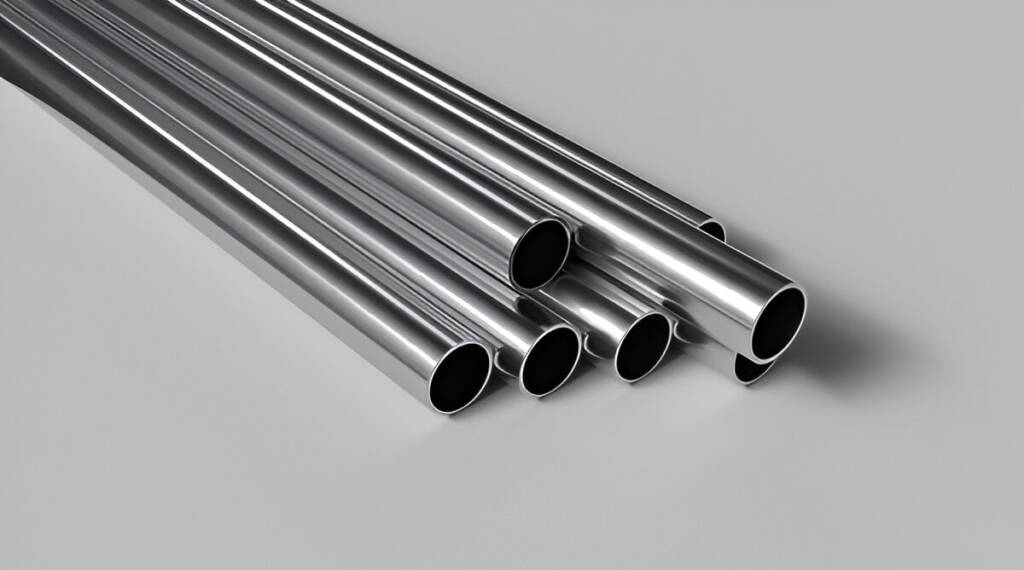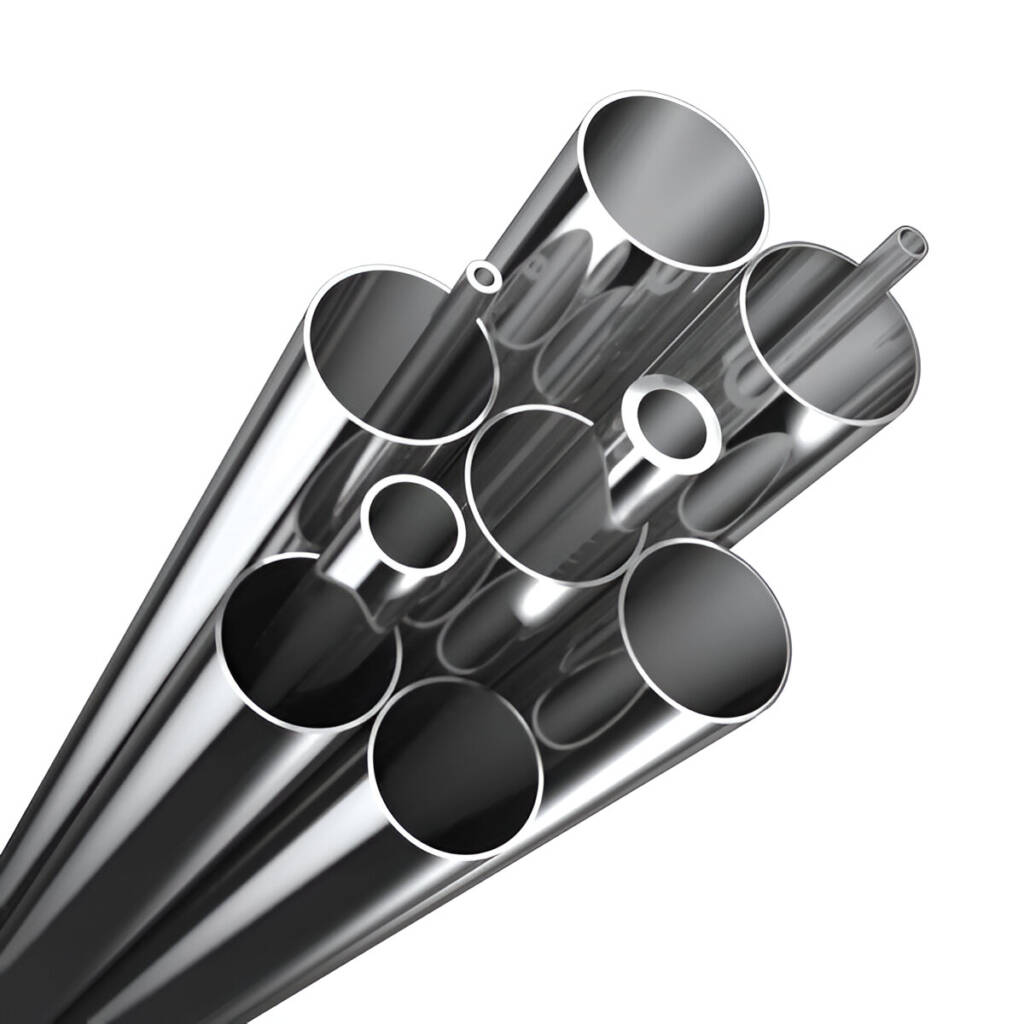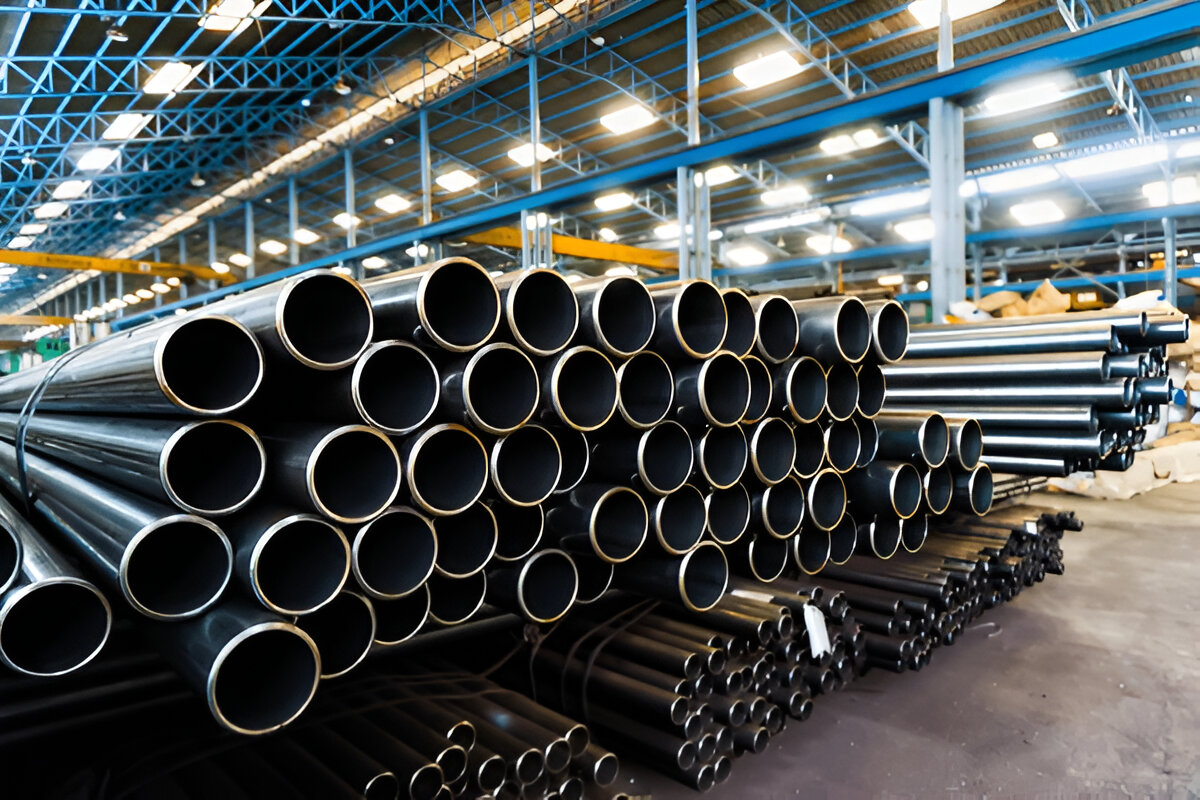Stainless Steel and Carbon Steel Pipes
A Steel pipe is a round tubular to distribute fluids and gases, designated by nominal pipe size (NPS) that represents a rough indication of the pipe’s conveyance capacity. The pipe is a hollow section with a round cross-section for the conveyance of products. The products include fluids, gas, pellets, and powders. The foremost important dimensions for a pipe are the outer diameter (OD) alongside the wall thickness (WT). OD minus 2 times WT (SCHEDULE) determines the within diameter (ID) of a pipe, which determines the liquid capacity of the pipe.
Pipes are normally want to transport gases or liquids, making it is important to understand the capacity. Knowing what quantity can flow through the pipe is essential. The circular shape of the Steel pipe make it efficient when handling pressure from the liquid flowing through.
| MATERIAL | CARBON STEEL / STAINLESS STEEL (SML & ERW) |
| SPECIFICATION | ASTM A 106,179 ,192, 210, 334/ BS3059 PART- I, PART- II, DIN 2391SA 312/213 TP 304, 304L,316, 316L, 316Ti |
| TUBE SIZE | OD 6MM TO 60.3MM |
| PIPE SIZE | OD 73.03MM TO 609.6MM |



Stainless Steel and Carbon Steel Tubes
A Tube is a round, rectangular, square, or oval hollow section measured by outside diameter (OD) and wall thickness (WT), expressed in inches or millimeters. The Tube refers to round, square, rectangular, and oval hollow sections that are used for pressure equipment, for mechanical applications, and for instrumentation systems. Tubes are indicated with outer diameter and wall thickness, in inches or in millimeters.
Tubing is used in structural applications therefore the outside diameter becomes an important dimension. Tubes are often put into applications like medical devices that need precise outside diameters. The surface diameter is very important since it’ll indicate what quantity it can hold as a stability factor.




